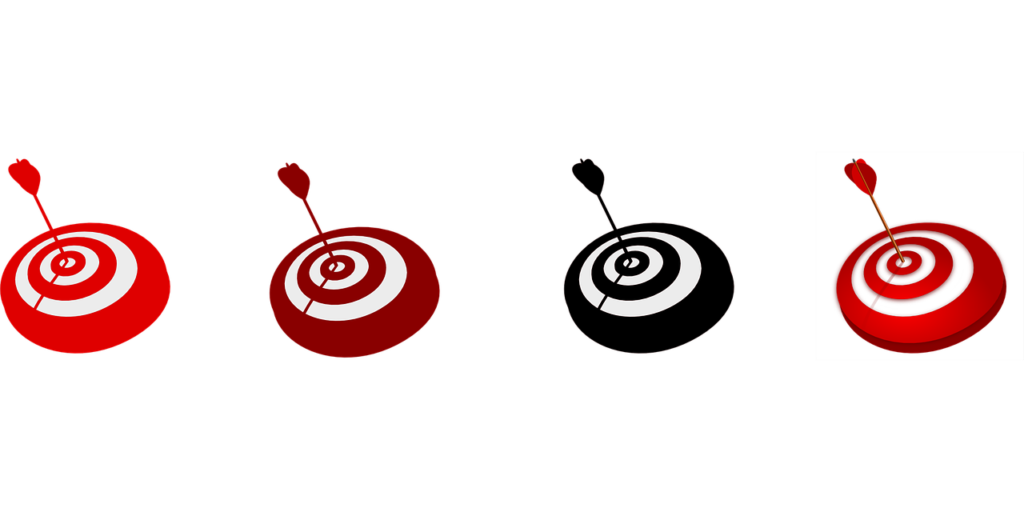Did you know that only 2% of web traffic converts on a visitor’s first visit? So how do you target that other 98%?
As a marketer, your goal is to build your potential customer lists while still engaging previous customers to make more sales. A successful method you can use is re-targeting and re-marketing.
In short, re-targeting and re-marketing are methods of bringing back potential members that have visited your product and did not purchase. This can be done by taking steps to re-advertise to that potential customer. Get their attention and remind them that they are curious about your offer.
What’s the difference between re-targeting and re-marketing?
You may hear the terms re-targeting and re-marketing used interchangeably. However, there is a difference.
In re-targeting you may see ads and social media posts for an item, business, or service you did a search on. An example of re-targeting is if you were to search for a term like “coffee tables”. You then browse some sites and review a few tables, but close all sessions. Then later as you browse other sites and social media you begin to see ads for the products and sites you reviewed. This is re-targeting.
With re-marketing, you will typically get emails and reminders from the site. This is done when you filled out the form but did not buy the item. You might have also placed an item in a shopping cart and moved on without purchasing. Re-marketing reminds you that you have another action to take.
A few ways to re-target and re-market to a potential customer can be done by:
- Using targeted paid ads – let the customer see your ads on other sites and social media
- Interactions with social media – use posts on social media profiles for engagement
- Interactions with websites and blogs – use web forms and blog entries and articles to engage.
- Email marketing – Send reminder emails of pending actions and discounts to buyers.
The benefit of using both re-targeting and re-marketing methods is that you already have a customer profile. You know the potential customer has at least some interest in your product or service and you can target and segment the customer behavior.

